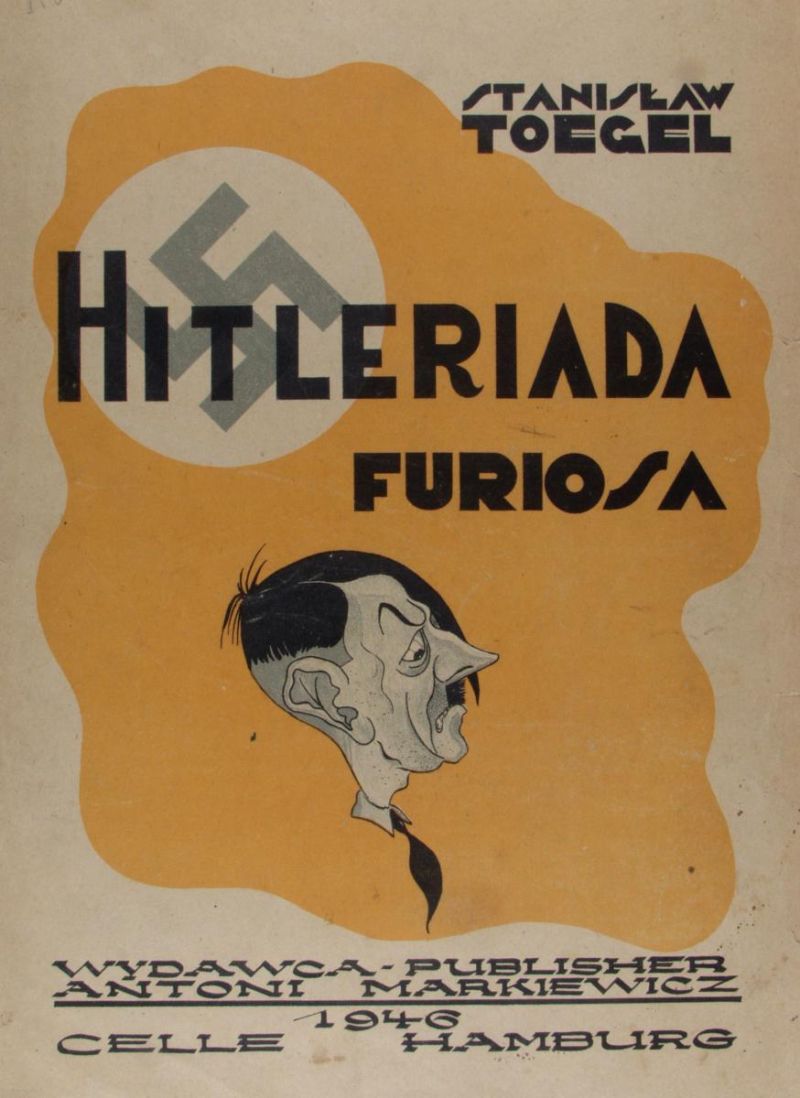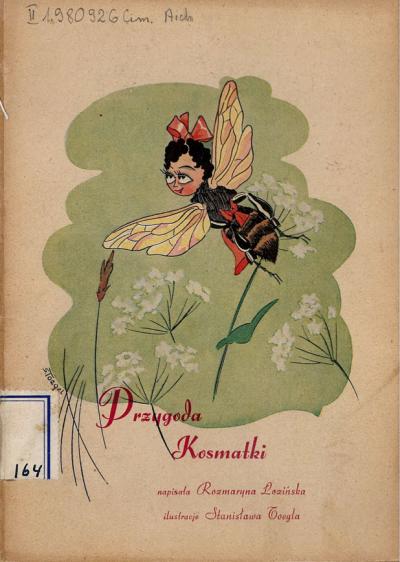Stanisław Toegel
Mediathek Sorted


![ill. 3: Camp newspaper „Słowo Polskie” [Polish Word] ill. 3: Camp newspaper „Słowo Polskie” [Polish Word] - Front page, No. 3, 1 September 1945, DP camp in Osnabrück.](/sites/default/files/styles/width_100_tiles/public/assets/images/3_lagerzeitung_1945.jpg?itok=mV-R5sE6)

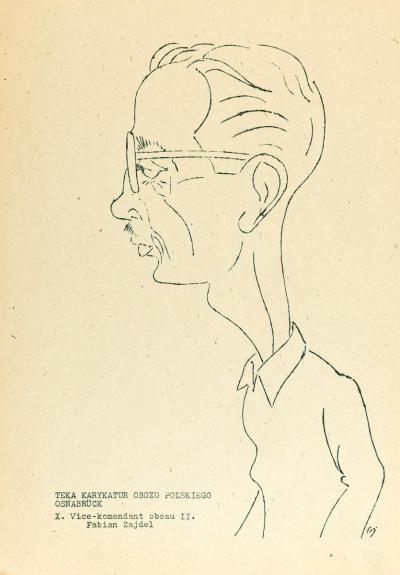
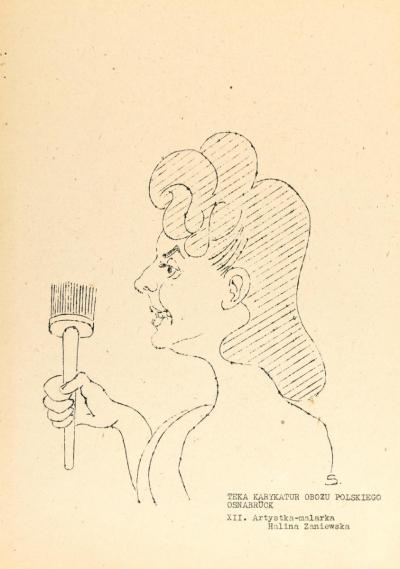
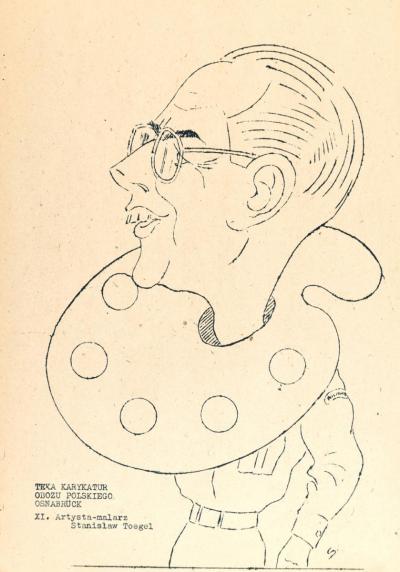
![ill. 8: Camp newspaper ‘Nasze Życie’ [Our Life] - Polish Weekly, no. 7, 21st February 1946, DP Camp Lippstadt. ill. 8: Camp newspaper ‘Nasze Życie’ [Our Life] - Polish Weekly, no. 7, 21st February 1946, DP Camp Lippstadt. - Title page with caricature, presumably of the British camp commander.](/sites/default/files/styles/width_100_tiles/public/assets/images/8_lagerzeitung_1946.jpg?itok=51rOVXDD)
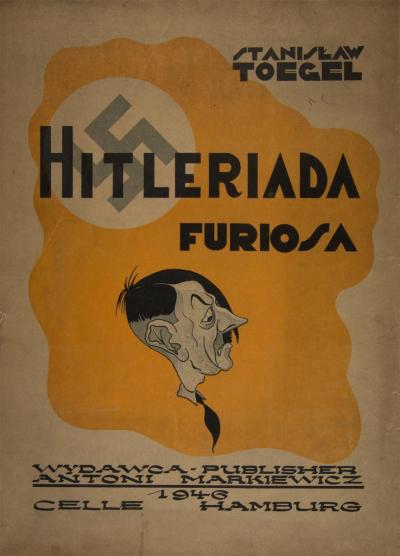

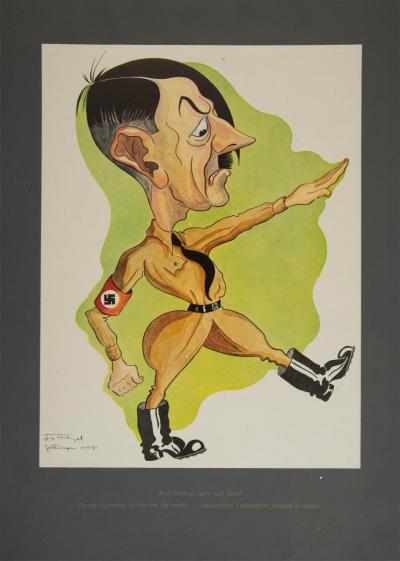
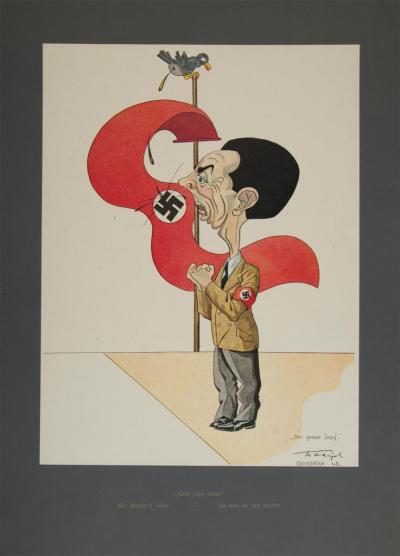
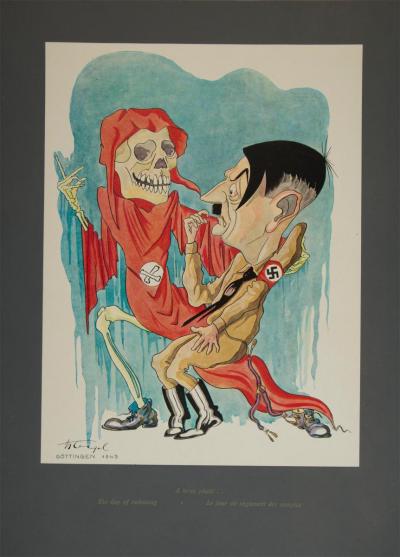

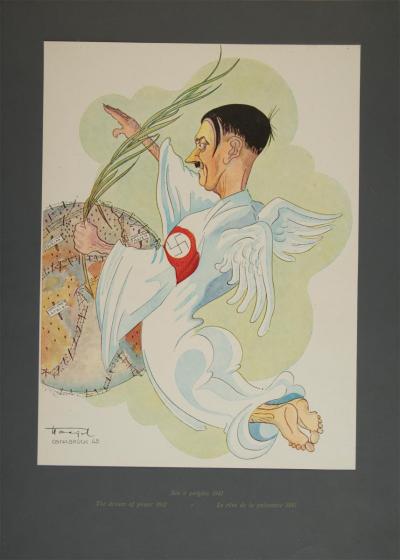
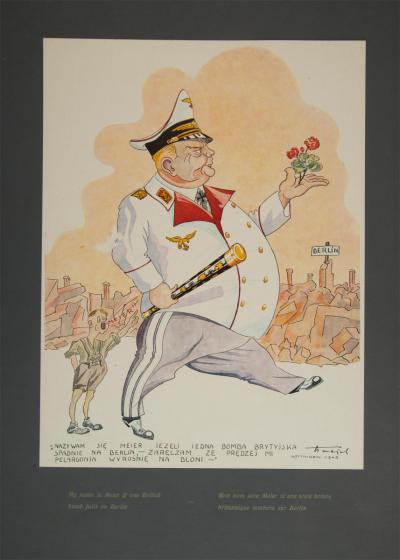
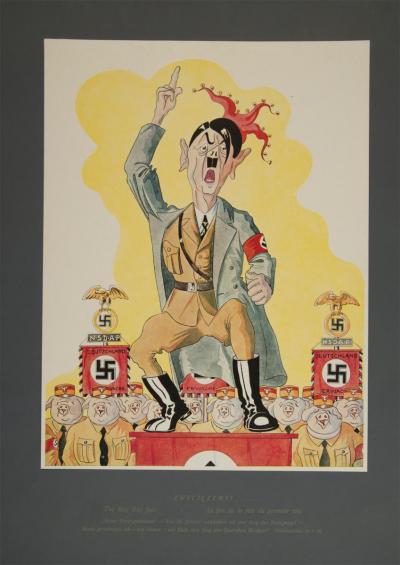
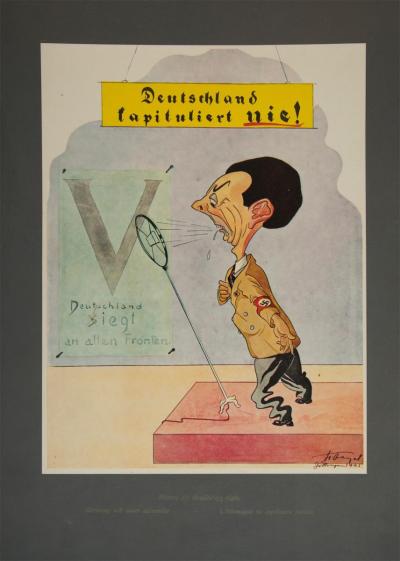
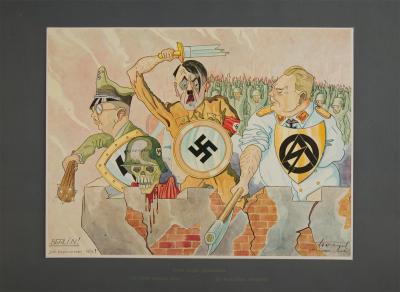


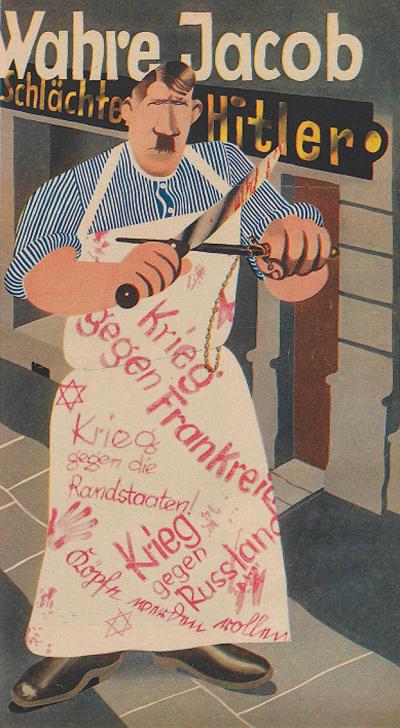
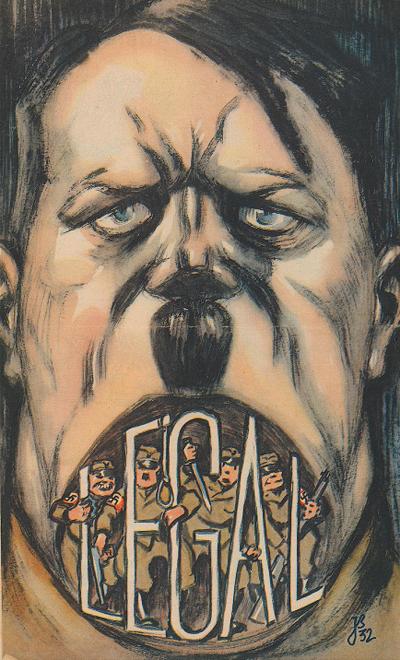
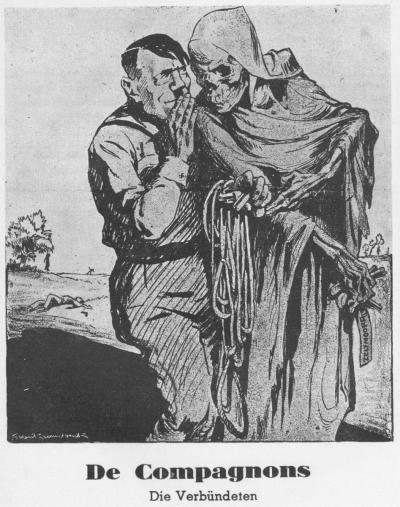

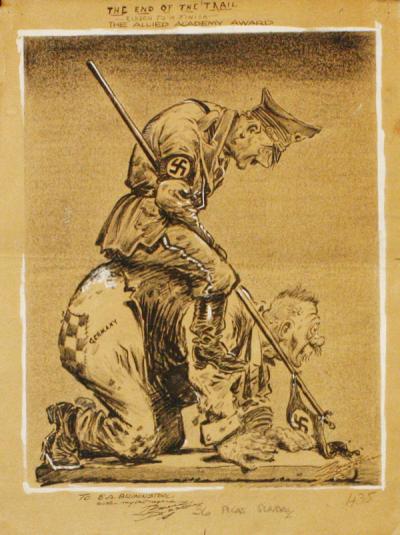
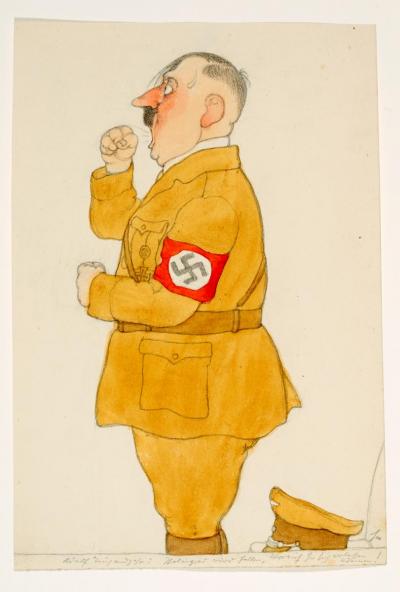
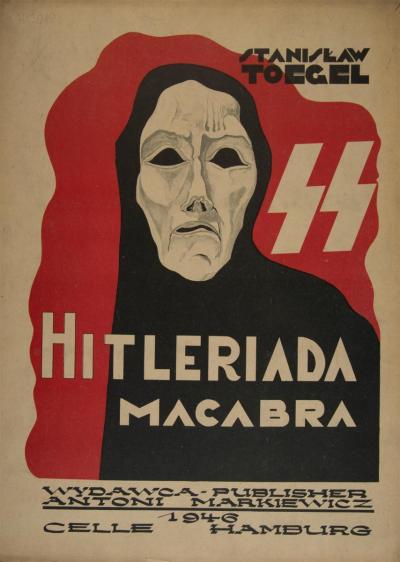

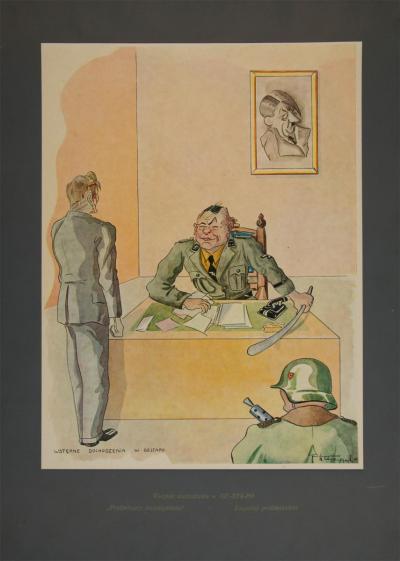
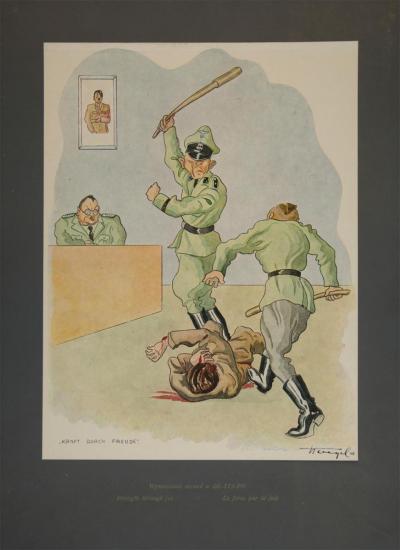
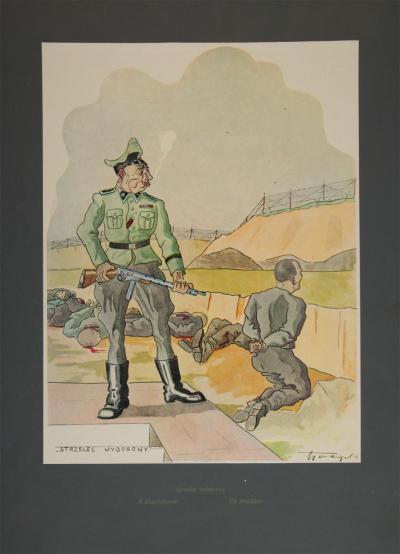
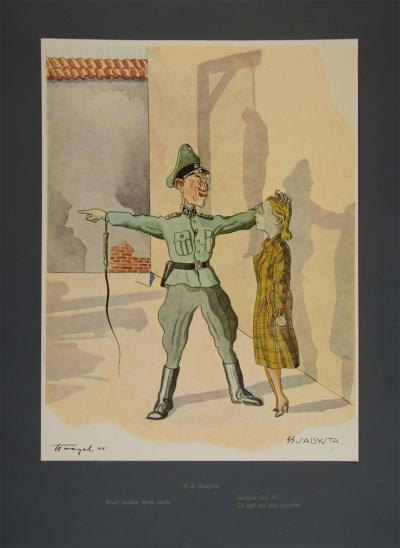
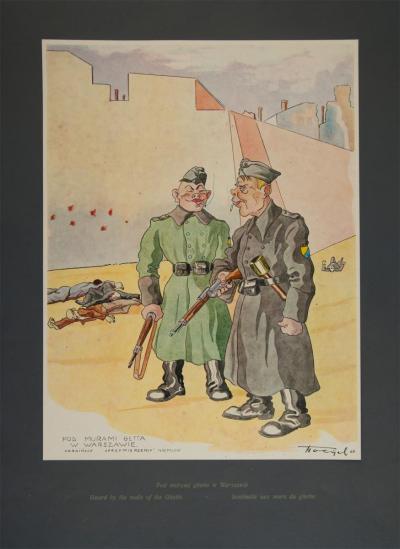
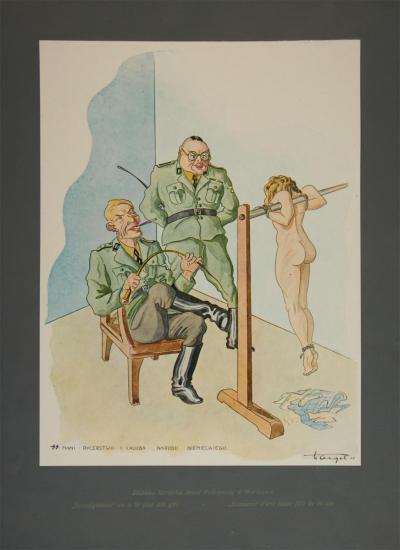
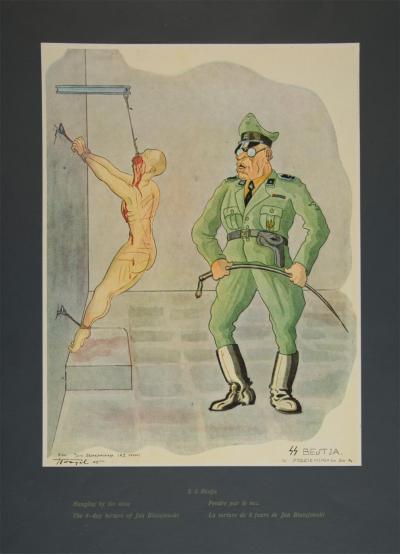
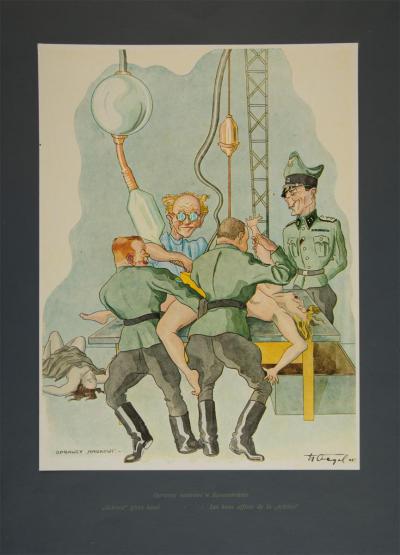
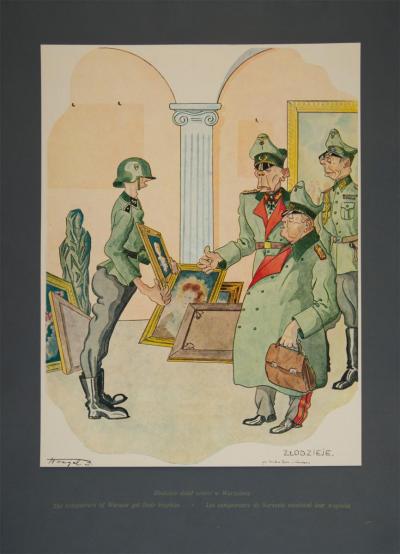
![ill. 11/1: Polski wojak na obczyźnie [The Polish soldier abroad] ill. 11/1: Polski wojak na obczyźnie [The Polish soldier abroad] - Cover. Published by Antoni Markiewicz, Celle 1946. Offset lithographs on dark grey passe-partout, 32.5 x 24.5 cm.](/sites/default/files/styles/width_100_tiles/public/assets/images/11_1_polski_wojak.jpg?itok=Ml04Vtju)
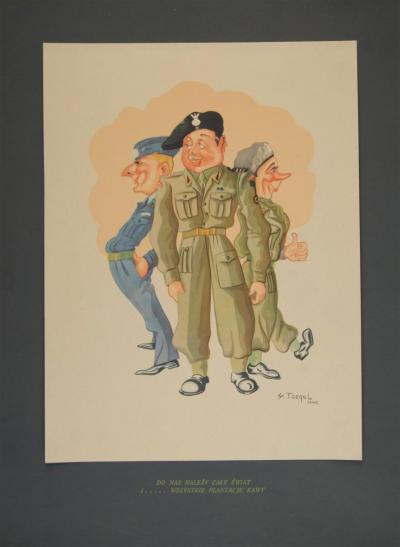

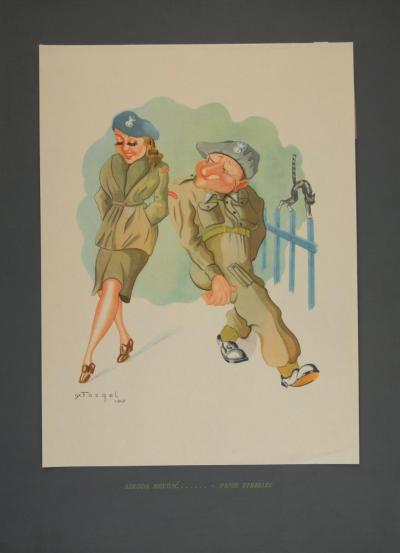
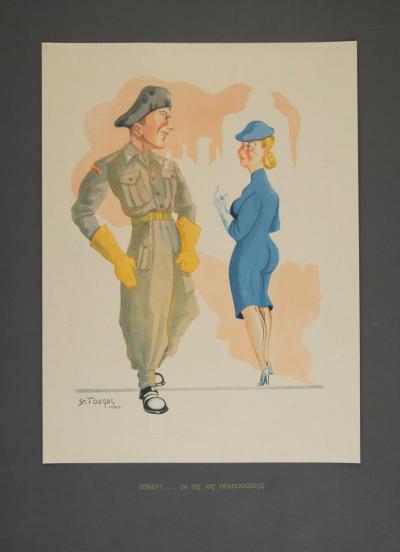
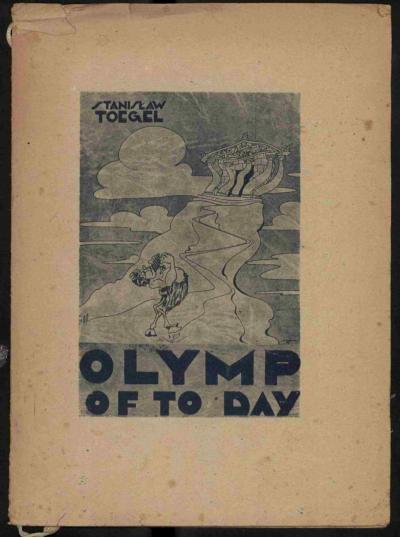
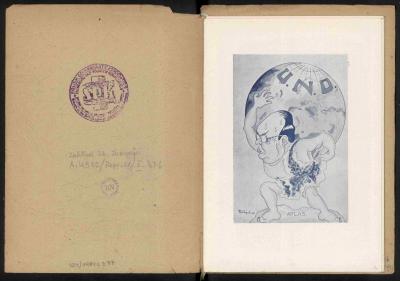
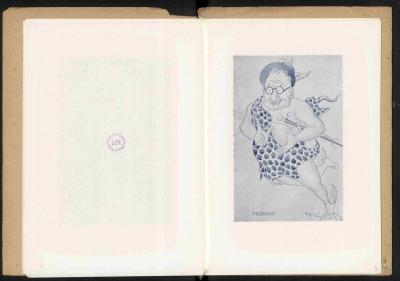
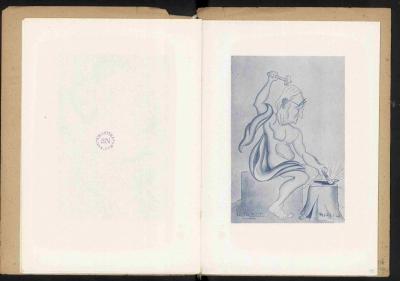

![ill. 14: Poster for the exhibition ‘Karykatury wojenne i polityczne’ [War and Political Caricatures] ill. 14: Poster for the exhibition ‘Karykatury wojenne i polityczne’ [War and Political Caricatures] - With posters by Stanisław Toegel in the Upper Silesian Museum in Bytom.](/sites/default/files/styles/width_100_tiles/public/assets/images/14_plakat_2015_bytom.jpg?itok=Oqh9ZRer)

Stanisław Toegel - Hörspiel von "COSMO Radio po polsku" auf Deutsch

Contemporary viewers evaluate these scenes in the knowledge that they are symptomatic of the whole range of crimes conducted during the Nazi reign of terror. But Toegel’s point of reference was not the ghetto wall or stolen works of art, but concrete events in Poland. The Polish title of a drawing of the “examinations” of a 16-year old girl makes the reference clear: “A captured courier of the Underground Army in Warsaw“ (ill. 10/8). Toegel assigned the torture methods shown in “Hanging by the Nose, an Eight-Day Martyrdom” (ill. 10/9) to a real prisoner in a concentration camp. “Jan Błażejewski KZ 11101“, is presumably identical with the prisoner in Auschwitz with the number 11121.
As has been shown in his “Hitleriada furiosa”, Toegel’s drawings not only have a close connection with contemporary caricaturists in other countries. Because he started drawing them during his time in the forced labour camp in Göttingen (Weende) and translated his concrete experiences into the book of caricatures entitled “Hitleriada macabre”, they are also intimately connected with other collections of drawings made in concentration camps and preserved by prisoners, some of which only later fell into the hands of relatives or, by other means, into museums and memorial sites. People have long known about the four thousand drawings made by the children in the Theresienstadt ghetto and the works of the artists also imprisoned there, which now stand in the Jewish Museum in Prague, in the Ghetto Museum in Theresienstadt, the Leo Baeck Institute in New York, the Holocaust Memorial Museum in Washington and in many other places.
Recent discoveries include over 250 drawings made in the Buchenwald concentration camp by the French artist Paul Goyard (1886-1980), which have been held in the Buchenwald memorial site since 1998; an album containing 30 drawings made in the Dachau camp by the Polish artist Michael Porulski (1910-1989), which came to light in 2007 in the USA; 32 postcard-size sketches drawn by an unknown prisoner documenting the mass murders in Auschwitz-Birkenau (they were discovered in 1947 in the foundations of a barracks and made public in 2012 by the State Museum of Auschwitz-Birkenau (Państwowe Muzeum Auschwitz-Birkenau w Oświęcimiu); and lastly, the 150 drawings by the Frenchman Camille Delétang (1886-1969) made in Holzen (a subsidiary camp of Buchenwald), that were handed over to the Dora-Mittelbau camp memorial site in 2013; and which by their very nature contain similarly drastic portraits to those in Toegel’s “Hitleriada macabre”.
Toegel’s cycles of caricatures are also notable for the date they appeared. Since caricatures are always absolutely up-to-date, to all extents and purposes there were no more caricatures of Hitler and the Nazis in the German press when Toegel’s works were published. The order of the day was “rebuilding Germany”, “collective oblivion” new political parties and a new generation of politicians. “Where to start again?“ was the headline on the satirical paper Der Simpl, in its first edition published in Munich on 28th March 1946. The rest of the front page contained a caricature entitled “Off we go!” which showed the newly founded SPD in the form of a cleaned-up warhorse fighting for the “rebirth of democracy”. Some artists who, like Toegel, had suffered a great deal under the Nazis and the war, and saw that the “old comrades” were once more in positions of power, persisted in attacking the Nazis. As already mentioned, the caricaturist Herbert Marxen, from whose Flensburg workshop the Gestapo confiscated 200 drawings in 1938 and who fought to be rehabilitated from 1948 until his death in 1954, drew a comprehensive cycle of around 70 caricatures during this time with the bitter title “My Thanks to the Third Reich” (ill. 9/19). The Breslau-born painter Max Radler (1904-1971), who lost all his work in an air raid in 1945, started publishing caricatures of Hitler in Simpl in 1946. They showed Hitler as a recurrent “Flying Dutchman” on the alleged “secret ballot 13 years ago” entitled the “the ridiculous cabinet”, and on the post-war “mechanical denazification”, showing the Germans as “innocent lambs”.




















































































